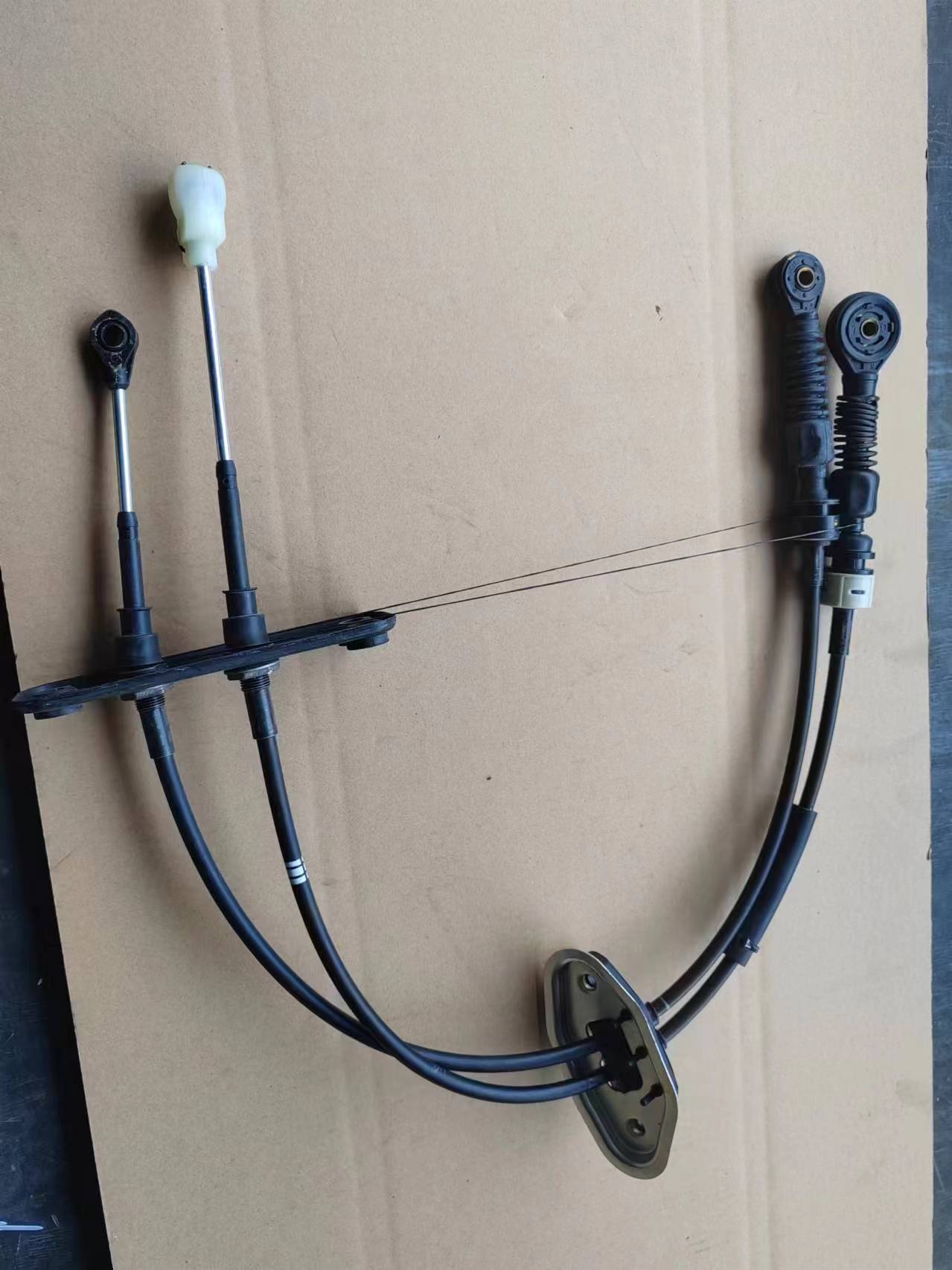auto transmission shifter cable
Understanding the Auto Transmission Shifter Cable A Vital Component of Your Vehicle's Transmission System
The auto transmission shifter cable might seem like a minor component in the grand scheme of vehicle operations, but it plays an indispensable role in how your automatic transmission functions. For drivers, understanding the role and mechanism of this cable can lead to better vehicle maintenance and, ultimately, a smoother driving experience.
What is an Auto Transmission Shifter Cable?
The auto transmission shifter cable is a flexible metal wire encased in a protective sheath. It connects the gear selector inside the vehicle (either a column or console-mounted shifter) to the transmission itself. When the driver moves the gear selector to shift gears, the shifter cable transmits that movement to the transmission, which then engages the appropriate gear.
How Does it Work?
The operation of the shifter cable is relatively straightforward. When you engage the gear shifter, a lever at the transmission end of the cable moves in unison with the gear selector. This movement causes the transmission to switch gears, allowing for smooth acceleration and deceleration. In automatic transmissions, this process also involves the management of various hydraulic systems that control the gear changes.
The shifter cable is designed to endure a significant amount of wear and tear since it’s subject to continuous movement every time a driver shifts gears. Its design allows for flexibility and strength, ensuring it can operate efficiently without binding or breaking under normal conditions.
Signs of a Failing Shifter Cable
auto transmission shifter cable

As with any mechanical component, the shifter cable can experience wear over time, leading to potential issues. Recognizing the signs of a failing shifter cable can prevent larger transmission problems and costly repairs. Some common symptoms include
1. Difficulty Shifting Gears If you notice that it becomes increasingly difficult to shift from park to drive or reverse, it may indicate a problem with the shifter cable. 2. Unresponsive Gear Changes If the gear doesn’t engage when the lever is shifted, or if there’s a delay, it could mean the cable is malfunctioning. 3. Gear Slip If the transmission unexpectedly slips out of gear while you are driving, this could also point to a faulty cable. 4. Visible Damage Occasionally, physical damage to the cable can be observed, such as fraying or kinks in the wire.
Maintenance and Replacement
Regular inspection of the shifter cable is essential to maintain the smooth operation of your vehicle's transmission system. If you notice any signs of wear or damage, it's crucial to have it inspected by a professional mechanic as soon as possible.
Replacing the shifter cable can vary significantly in terms of cost and complexity. While some vehicles may allow for relatively easy access to the cable, others might require disassembly of several components. It’s often recommended that a qualified technician perform the replacement to ensure that it is installed correctly.
Conclusion
The auto transmission shifter cable, while a small yet significant aspect of your vehicle’s transmission system, can greatly influence your driving experience. Understanding its function, recognizing the signs of failure, and regularly maintaining it can save you from inconvenient and costly repairs. Always consult with a professional mechanic for inspections and replacements to ensure that your vehicle remains in optimal condition, allowing you to enjoy safe and reliable driving for years to come.
-
Upgrade Your Control with Premium Throttle CablesNewsAug.08,2025
-
Stay in Control with Premium Hand Brake CablesNewsAug.08,2025
-
Experience Unmatched Performance with Our Clutch HosesNewsAug.08,2025
-
Ensure Safety and Reliability with Premium Handbrake CablesNewsAug.08,2025
-
Enhance Your Vehicle with High-Performance Clutch LinesNewsAug.08,2025
-
Elevate Your Ride with Premium Gear CablesNewsAug.08,2025
